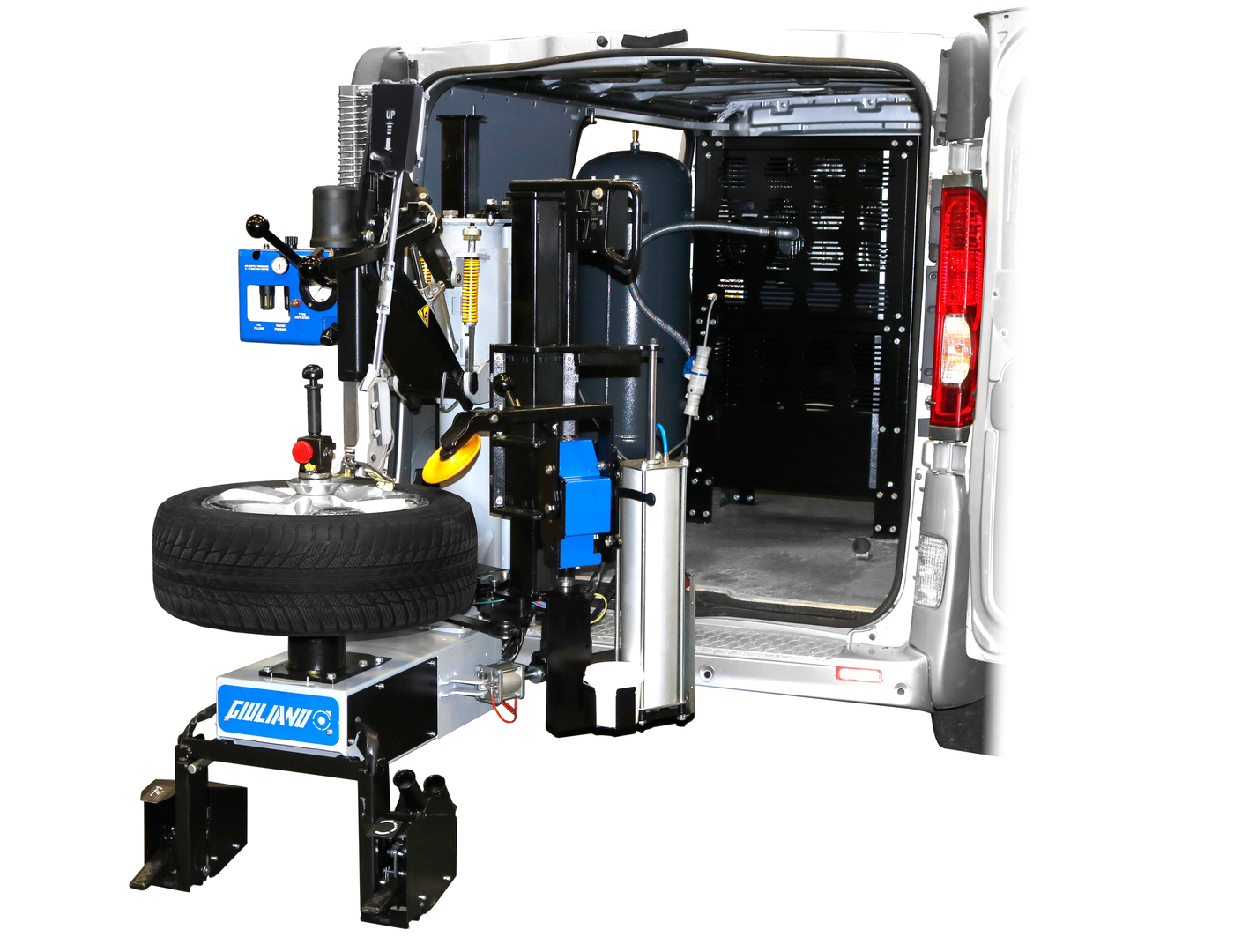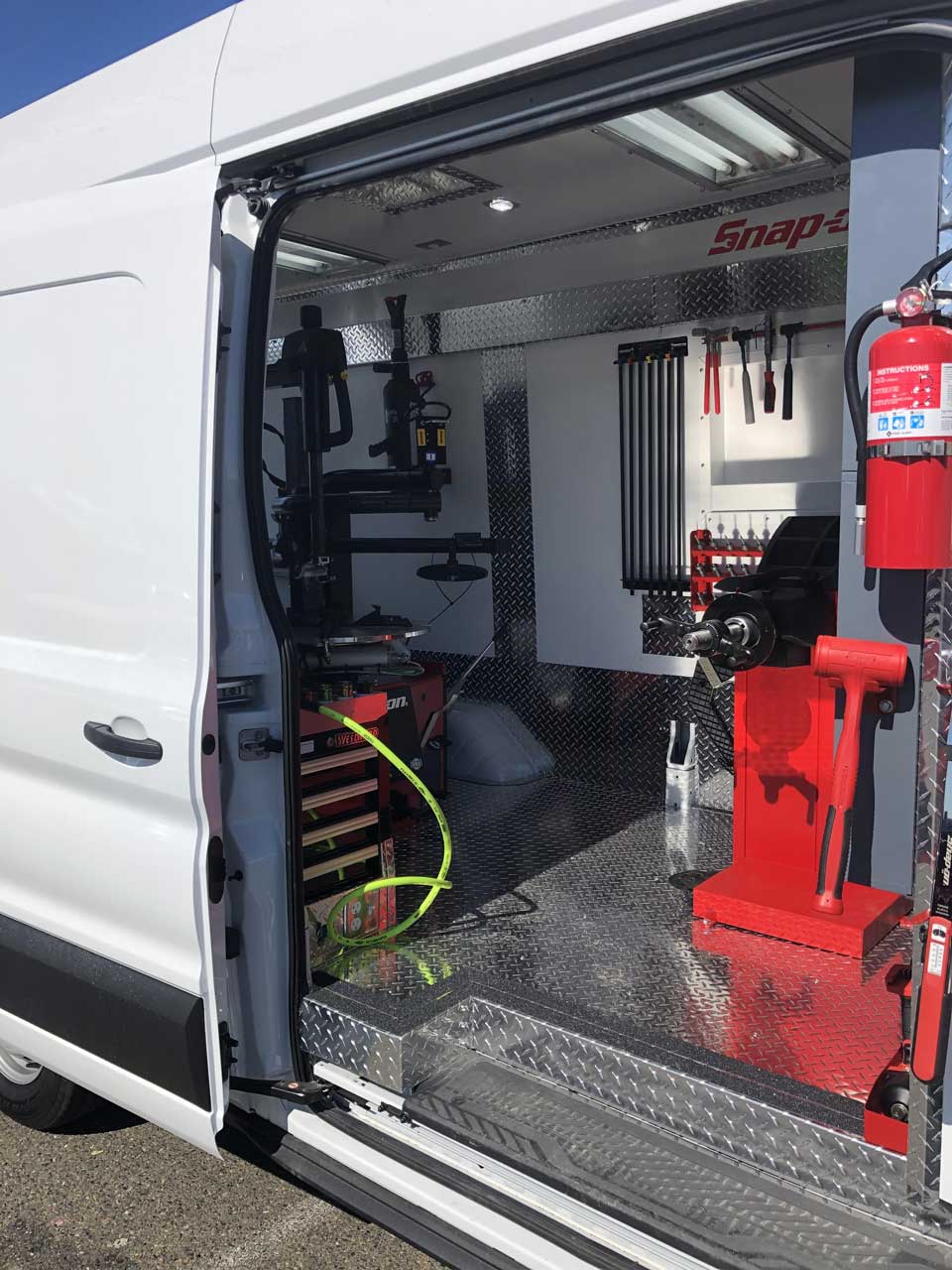Economical Mobile Tire Replacement Las Vegas - Call Now!
Economical Mobile Tire Replacement Las Vegas - Call Now!
Blog Article
Tire Service: Proven Methods for Optimal Tire Upkeep and Treatment
Preserving optimal tire condition is critical for both security and efficiency of any automobile. From making sure correct tire stress to regular turning and placement, there are tested techniques that can significantly extend the life-span of your tires and boost general driving experience. As we discover the complexities of tire treatment and maintenance, we will discover necessary standards that every car proprietor must comply with for the very best possible results. Let's explore the world of tire service and uncover the tricks to keeping your tires in top-notch shape for the long haul.
Significance of Tire Stress
Appropriate tire stress advertises much better gas efficiency, as under-inflated tires can lead to enhanced rolling resistance, creating the engine to work harder and eat even more gas. Appropriate tire stress makes certain also tread wear, improving tire longevity and conserving cash in the lengthy run by delaying the requirement for premature replacements. Consistently readjusting and checking tire stress, especially before long trips, is a simple yet reliable way to boost car performance, extend tire life expectancy, and prioritize safety and security on the roadway.
Tire Turning Standards
When taking into consideration tire turning standards, it is vital to recognize the significance of this maintenance task in optimizing tire lifespan and keeping ideal car efficiency. Tire turning involves transforming the placement of each tire on an automobile to make sure also walk wear. Front tires tend to put on faster than back tires because of steering pressures, making routine rotation essential for balanced wear patterns. The suggested rotation pattern differs relying on whether an automobile is front-wheel, rear-wheel, all-wheel, or 4x4. Commonly, tires must be rotated every 5,000 to 7,500 miles, or as suggested in the automobile manual. Ignoring tire turning can bring about unequal wear, impacting handling, grip, and possibly compromising vehicle safety and security. By sticking to appropriate rotation guidelines, chauffeurs can extend the life of their tires, improve fuel performance, and boost general driving experience. Normal rotation is an easy yet effective maintenance practice that adds significantly to tire longevity and vehicle performance.

Advantages of Wheel Placement
Making sure proper wheel alignment after tire turning is essential for maintaining balanced wear patterns and making best use of car performance. Wheel positioning describes the adjustment of the angles of the wheels to the supplier's specs. One of the crucial advantages of wheel positioning is improved steering and taking care of reaction. When the wheels are properly lined up, it minimizes steering initiative, ensuring a smoother and more controlled driving experience. Additionally, right wheel positioning aids to expand the life expectancy of your tires. Misaligned wheels can trigger irregular tire wear, resulting in premature tire substitute and enhanced upkeep expenses.

Tire Footstep Deepness Inspect
Executing a normal assessment of tire walk depth is vital for preserving safe driving conditions and lengthening the life-span of your tires. Unequal walk wear can suggest issues with tire placement, stress, or suspension, highlighting the relevance of regular Click Here tread depth checks. By integrating tire step deepness checks right into your regular maintenance routine, you can drive with self-confidence recognizing that your tires are in leading condition.
Seasonal Tire Evaluation
Seasonal tire inspection is an essential aspect of tire maintenance that makes sure tires are ready to face the difficulties postured by various climate problems. In prep work for winter months, it is important to inspect the tire pressure consistently as cool temperatures can cause tire pressure to drop. By carrying out regular seasonal tire assessments, vehicle drivers can lengthen tire lifespan, improve fuel effectiveness, and most significantly, make sure a safe driving experience in differing weather condition conditions.
Conclusion
To conclude, maintaining proper tire stress, rotating tires consistently, straightening wheels properly, monitoring step depth, and conducting seasonal examinations are necessary techniques for ideal tire care. By following these proven approaches, vehicle drivers can ensure their tires last longer, do better, and add to general vehicle safety and security. It is very important to focus on tire maintenance to avoid crashes, improve fuel effectiveness, and lengthen the lifespan of tires.
Ample tire pressure promotes much better gas performance, as check here under-inflated tires can lead to enhanced rolling resistance, triggering the engine to function tougher and consume more fuel.When taking into consideration tire turning standards, it is vital to recognize the relevance of this maintenance task in maximizing tire lifespan and preserving ideal automobile efficiency. Seasonal tire inspection is a fundamental aspect of tire maintenance that makes sure tires are all set to encounter the challenges presented by various weather condition problems. By performing regular seasonal tire evaluations, motorists can why not try here extend tire life-span, boost gas effectiveness, and most significantly, make sure a safe and secure driving experience in differing weather condition problems.
In final thought, keeping proper tire pressure, rotating tires regularly, aligning wheels properly, checking tread depth, and conducting seasonal assessments are crucial methods for optimum tire care.
Report this page